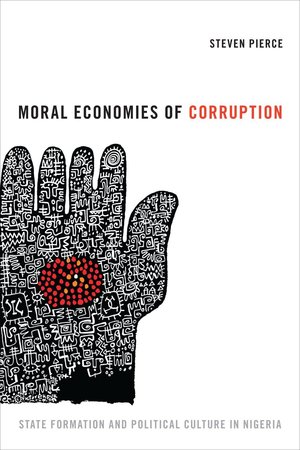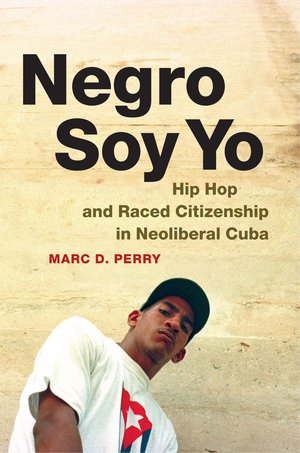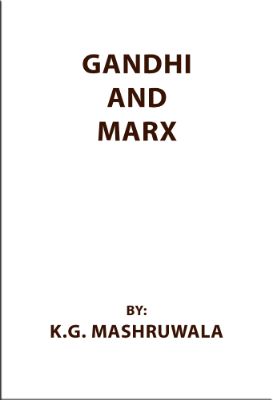Die Wiener Free-Jazz-Avantgarde: Revolution im Hinterzimmer
There are some strange stories heard in Viennese jazz scene. Already in the second half of the 1950s, two art students, who were in touch with painters like Arnulf Rainer, Friedensreich Hundertwasser and Ernst Fuchs, experimented with free improvisation – years before this music had a name even in the country of its origin, in the USA. Already in 1961, they did their first official concert – which might be not only the first Austrian free jazz concert, but one of the first performances of this music in whole Europe. While running an own gallery between 1959 and 1965 and hosting the whole Viennese art scene, they continued to develop their music. It wasn’t until 1966 that they had their first Viennese concert as “Masters of Unorthodox Jazz” (MoUJ), and, finally, the year 1969 brought a (modest) breaktrough with a scandalized appearance at the Austrian jazz festival at Vienna Konzerthaus and the release of their first record “Overground” – with cover art by Arnulf Rainer. The art scene remained the main audience until the end of the MoUJ in 1975: There were concerts at the Viennese “Museum of 20th century”, there was a second record with a provocative cover by Franz Ringel. Composers like Kurt Schwertsik and Otto M. Zykan showed interest in this unique free improvised music, Austria’s most famous photographer Franz Hubmann took photos, avantgarde filmmaker Kurt Kren used parts of his MoUJ concert-films for his experimental works. Another group, the “Reform Art Unit” (RAU) led by multi-instrumentalist Fritz Novotny until today, took over the torch. They came out of another non-music scene: the so-called “Freundeskreis” (circle of friends) around writer Rolf Schwendter. Partly in touch with the MoUJ, the RAU developed a completely different style of free improvisation, on the one hand inspired by contemporary Austrian composers (Giselher Smekal, Günther Rabl, Mia Zabelka), on the other hand by oriental music: The debut “Darjeeling” (1970) was recorded with Indian sitar player Ram Chandra Mistry. In later years they became aware of their personal connections to twelve-tone composer Josef Matthias Hauer, filling the term of “Viennese school of improvised music” with sonic contents. This work tries to point out the historic chronology of these two groundbreaking but internationally little known groups a) within the context of Austrian jazz history and b) within the context of European free jazz, which is called the movement of double liberation, due to the fact that many improvisers of the Old World for the first time stopped imitating American musicians and became aware of their own cultural roots. So this book reveals an unusual perspective on Austrian cultural history after 1945.
| Publication Language |
German |
|---|---|
| Publication Access Type |
Freemium |
| Publication Author |
Andreas Felber |
| Publisher |
Böhlau |
| Publication Year |
2023 |
| Publication Type |
eBooks |
| ISBN/ISSN |
9780000000000 |
| Publication Category |
Open Access Books |
Kindly Register and Login to Shri Guru Nanak Dev Digital Library. Only Registered Users can Access the Content of Shri Guru Nanak Dev Digital Library.
You must be logged in to post a review.












Reviews
There are no reviews yet.